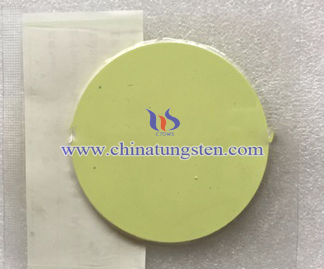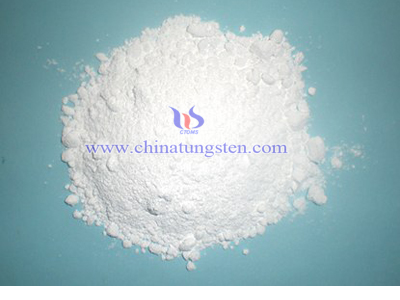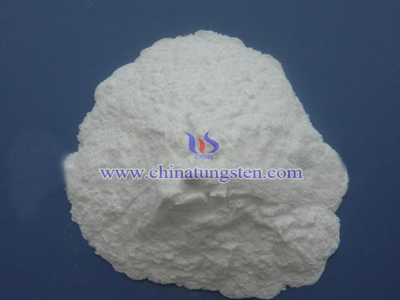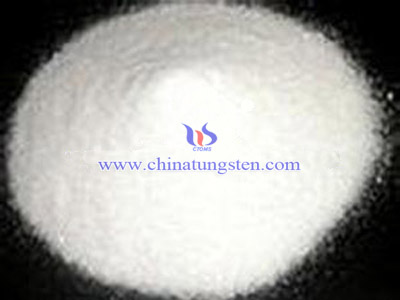Tungsten Oxide Ceramic Nonlinear I-V Characteristics
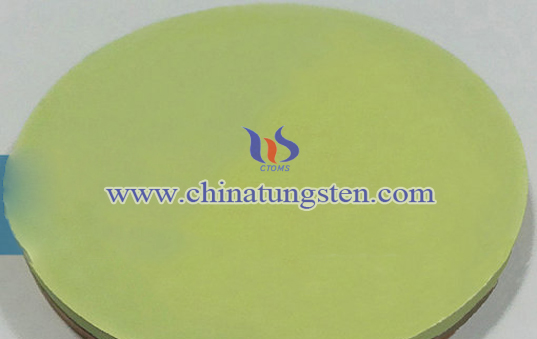
A varistor is an electronic component with an electrical resistance that varies with the applied voltage. Also known as a voltage-dependent resistor (VDR), it has a nonlinear, non-ohmic current–voltage characteristic that is similar to that of a diode. In contrast to a diode however, it has the same characteristic for both directions of traversing current. At low voltage it has a high electrical resistance which decreases as the voltage is raised.
Varistors are used as control or compensation elements in circuits either to provide optimal operating conditions or to protect against excessive transient voltages. When used as protection devices, they shunt the current created by the excessive voltage away from sensitive components when triggered.
In recent years, studies on low-voltage varistor materials have gotten widespread attention, such as TiO2, Sr TiO3 and WO3. In 1994, WO3 ceramics nonlinear behavior was first reported. The study shows that WO3 ceramic material has low breakdown voltage and good dielectric properties, which makes it ideal for low voltage varistor material.
With the further study of nonlinearity WO3 ceramics, we found that non-linear characteristics and mechanism of WO3 are not significantly different from conventional ceramic varistor materials of ZnO and SnO2. WO3 ceramic normally sintered exhibits significant nonlinear characteristics. The high temperature quenching sample has no nonlinear behavior. quenched ceramic samples restored after heat treatment under oxygen-rich conditions. Impedance spectroscopy analysis showed that the ceramic samples with non-linear characteristic have high resistivity layer at grain boundaries, while the sample without non-linear behavior not. It’s believed that a high-impedance grain boundary layer is a non-equilibrium grain defects occurred inside and outside and migration of ceramic during cooling, forming high-resistivity layer on the grain surface under the action of oxygen adsorbed. Because of internal and external features of this huge grain of resistance differences, the electronic barrier informs in the grain boundary. This is the origin of the nonlinear characteristics of WO3 ceramics.

